OSVs Help to Power North American Maritime Fuel Transition
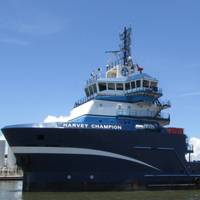
The fuel switch in maritime is on, its real, and it will be driving vessel design, construction and operation decisions for decades to come. While many still debate the merits of each alternative fuel, OSV industry leaders are at the forefront driving change, and they need to be, as in North America alone OSVs makes up 17% of the fleet but contributes 29% of the maritime emissions. In the next edition of Offshore Engineer, Barry Parker takes a deeper dive on the plans underway to wean maritime operations off of fossil fuels.
US Inland Waterways: High Waters & Swirling Currents
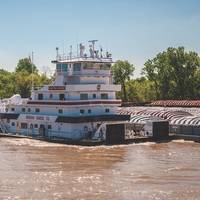
The inland waterway system, flowing through the United States heartland, is a microcosm of all that has been happening in 2020: trade tensions, infrastructure issues, shifting trends in fuel consumption and the pandemic that has gripped us since the winter months. Shortly after the initial coronavirus outbreak here in the U.S., maritime workers were deemed to be “essential”, paving the way for cargo flows to recover from their springtime nadir. As COVID-19 infections turned up on U.S. shores, the boats continued plying the waterways, albeit with reduced volumes in some cases.
"Ship-Spotter" of the Day
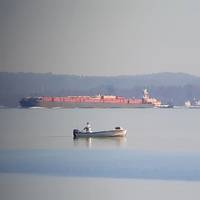
Barry Parker, contributor to Maritime Reporter & Engineering News and MarineNews magazines, is – like many people around the world – sequestered and working from home. He is our designated “ship spotter” for the day.In the maritime business, most of us have been adept at working from home (or from remote locations). Still, with the precautions being taken to prevent the spread of the Coronavirus (Covid 19), remaining at home – in my case, on the North Shore of Long Island, has not been without its challenges.
Vessel Inspections: It's All About Safety
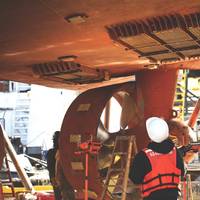
With the announcements that New York Waterway, a ferry operator running 32 boats around New York and New Jersey waters, had been largely shut down by the U.S. Coast Guard just prior to Thanksgiving, 2019, the reactions ranged from surprise to outright shock. There was also a great deal of grumbling, as commuters, the major customer group, endured delays on New York Waterway’s extensive network across the Hudson River, bringing New Jersey commuters into New York’s business districts.So, what happened?
Cautious Consolidation for OSV Companies Brings Market Change

Will a rising tide in the offshore oil markets float all the boats? In the U.S. Gulf of Mexico, that remains to be seen.Offshore services, exploration and production are on a roll. In early October, yet another business combination of big drillers was announced. In a sign of optimism, Ensco announced its plan for an all-stock acquisition of Rowan Offshore, worth around $2.4 billion. The new company will be domiciled in the United Kingdom, but will have a large presence in Houston.
North American Ferries: Faster, Greener & Safer
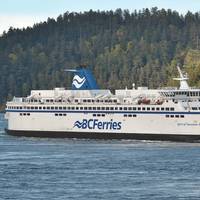
Domestic ferries adjust their business models to met regulatory pressures and exceed environmental standards with an eye towards improved service. And, not a minute too soon. In North America, stalwarts in the ferry business continue to shorten journey times compared to surface alternatives, while at the same time, bring accessibility to barrier and coastal islands that would otherwise be impossible to reach. Established stakeholders continually fine-tune their operations in a…
Maritime Professional Q4 Edition Available
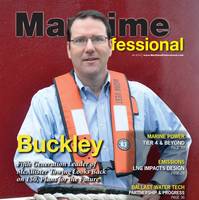
Wind Assist Technology: Pipe Dream or Reality? Barry Parker examines wind assisted propulsion in commercial ships. LNG Impacts Ship Design: The use of LNG as a marine fuel is changing ship and boat design. Maritime Recruitment: The Shipyard Roundtable: Leading shipyard recruiters weigh in on trends in U.S. shipyard recruitment.





